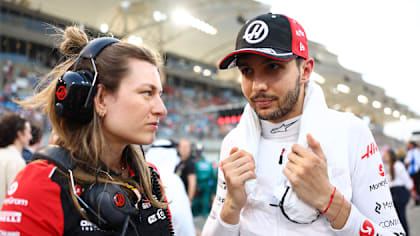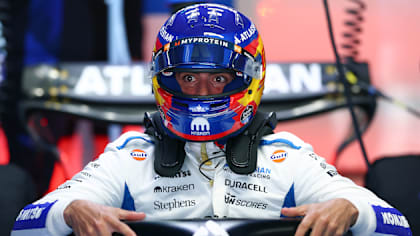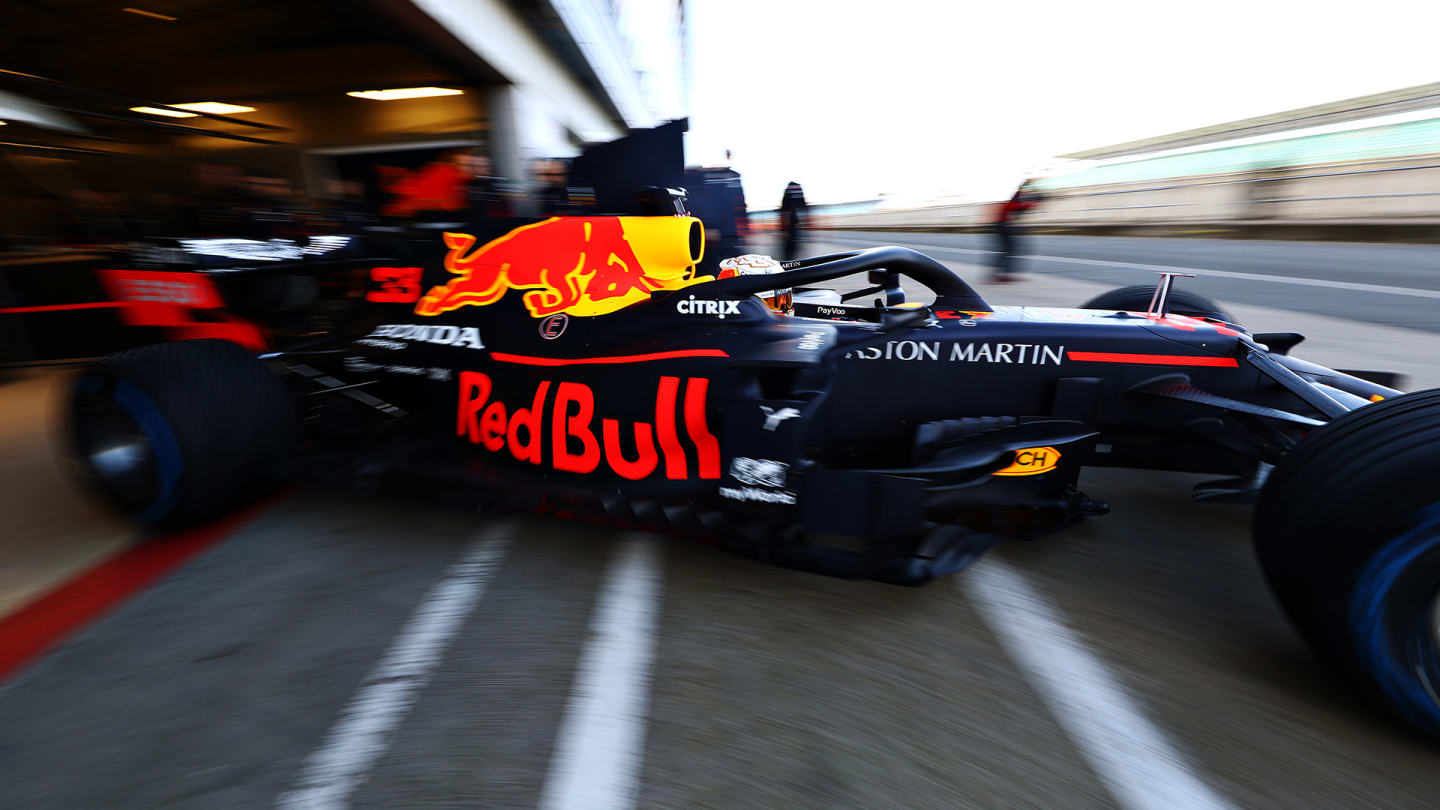
Technical
TECH INSIGHT: Why Mercedes, Red Bull and Racing Point stole the show at week 1 of testing

Share

The first week of pre-season testing wrapped up on Friday night after the teams completed three days of running at the Circuit de Barcelona-Catalunya. It was the first chance for fans to really get a good look at the 2020 cars, and F1 technical expert Mark Hughes was keeping a close eye on all the new machinery. Here's what he spotted...
The cars that made the biggest impact in the first week of pre-season testing were the Mercedes W11, Red Bull RB16 and Racing Point RP20.
READ MORE: 10 things we learned from the opening F1 pre-season test
Mercedes W11
The Mercedes, in the hands of Lewis Hamilton, lapped in a remarkable 1m 16.976s on the first day of testing, using the hard C2 tyre. Given Pirelli’s estimates of the performance steps between compounds, that suggests that under the same conditions and fuel load, Hamilton could have lapped in the high 1m 15s had he been using the soft C4 compound.
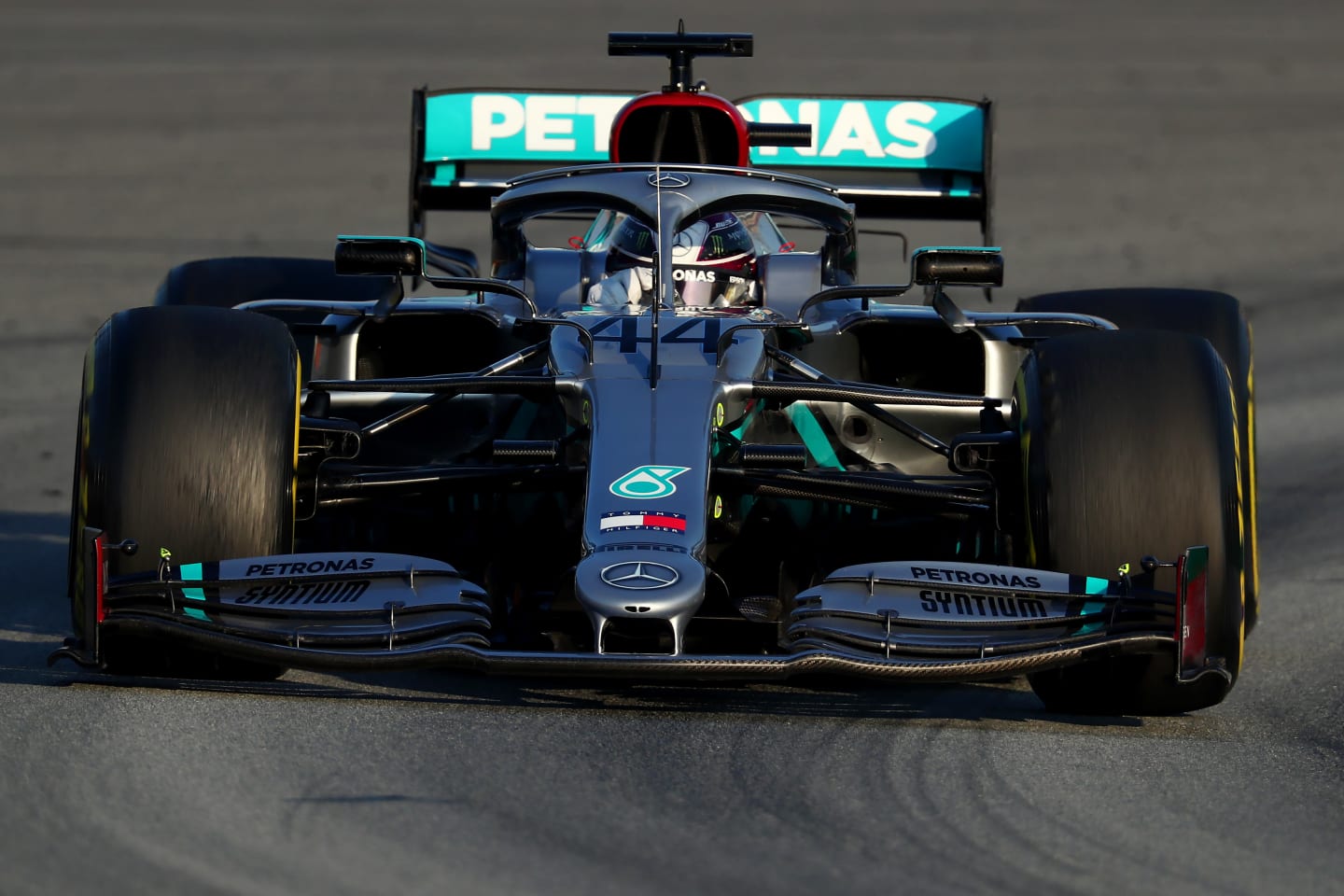
The new W11 looks like another impressive car from Mercedes
Given that his lap did not come from a low-fuel qualifying simulation, it’s perfectly feasible that we could see Mercedes lapping in the 1m 14s during Week 2, well under the Spanish Grand Prix pole time set last year by Valtteri Bottas of 1m 15.406s.
Furthermore, the devastating sequence of test laps by both Hamilton and Bottas – shorter runs and long – were combined with great reliability, as is usual for Mercedes.
ONBOARD: Lewis Hamilton sets fastest lap on Testing Day 1
Bottas reported that the car in its initial form was far from perfect, and that there was still work to do on achieving a consistent balance between all the different speed ranges of the circuit’s corners.
But that will surely have made the opposition even more nervous about the latent potential in the 2020 Silver Arrows. And we haven't even mentioned the DAS system yet – but we'll get to that...
READ MORE: Mercedes cap off first week of testing with a 1-2 thanks to Bottas flyer on Day 3
Red Bull RB16
The Honda-powered Red Bull RB16 has been edging closer to Merc’s pace, but as of Week 1, hadn't yet put a similarly fast sequence of laps together.
The car looks fantastically agile in the medium-high speed sequences, notably between Turns 2-3. The abruptness with which Max Verstappen and Alex Albon could change direction there shaded even the Mercedes (assuming they were running similar fuel loads).
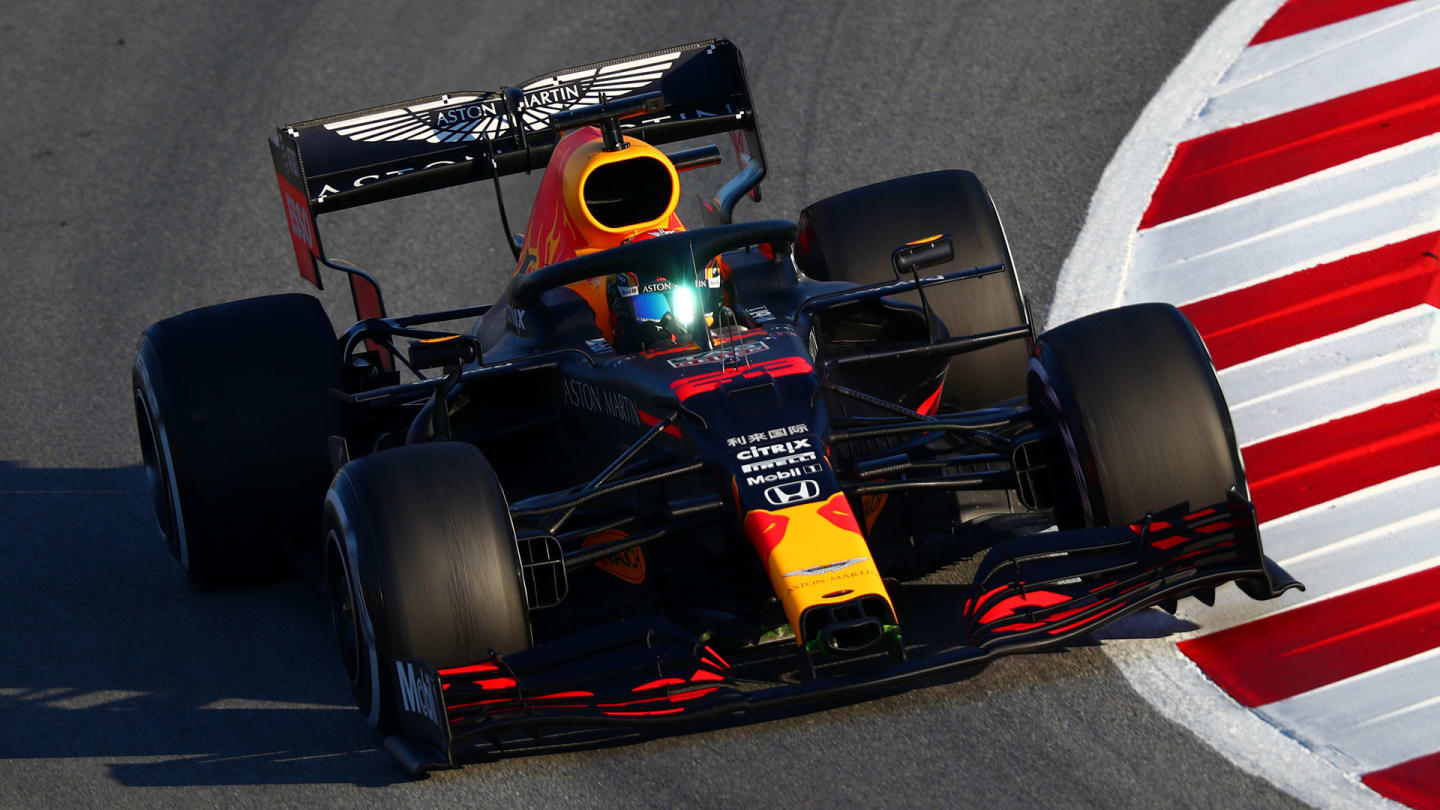
The new RB16 looks in the medium-high speed corners
But that’s not the essential key to super-fast Barcelona laps; rather the big gains are to be made in the slow-speed sections in Turns 4, 5, 10 and the chicane. Here, it has not yet been as easy a car to manoeuvre as the Mercedes.
Both these cars featured great innovations. The Mercedes' already infamous DAS steering system allows the toe angle of the front wheels to be adjusted by pushing and pulling on the steering wheel.
DAS explained: What we know so far about Mercedes' trick new steering system
The RB16, meanwhile, features a highly novel front suspension arrangement, with a double bulkhead separating it out from the hydraulic brake and clutch reservoirs – and a multi-link arrangement on the lower wishbones. Will Buxton and Sam Collins looked at this detail closely in F1 TV's Tech Talk show on Friday – watch the clip below to see their take on the RB16.
These are clearly quite heavily developed from the 2019 cars, and not simply ‘holding pattern’ cars while Mercedes and Red Bull concentrate on the all-new regulations for 2021.
READ MORE: We’ve hit the ground running in 2020 testing, say Red Bull
Test 1 - Red Bull Technical Anaysis
Racing Point RP20
The car creating more controversy than both the Mercedes and Red Bull combined was the latest challenger from Racing Point, which is completely unrelated to any Racing Point/Force India of the past few seasons.
That basic design has had a line drawn very firmly beneath it – and instead the Silverstone-based team as created what has been slightly unfairly described as a ‘clone’ of last year’s championship-winning Mercedes W10.
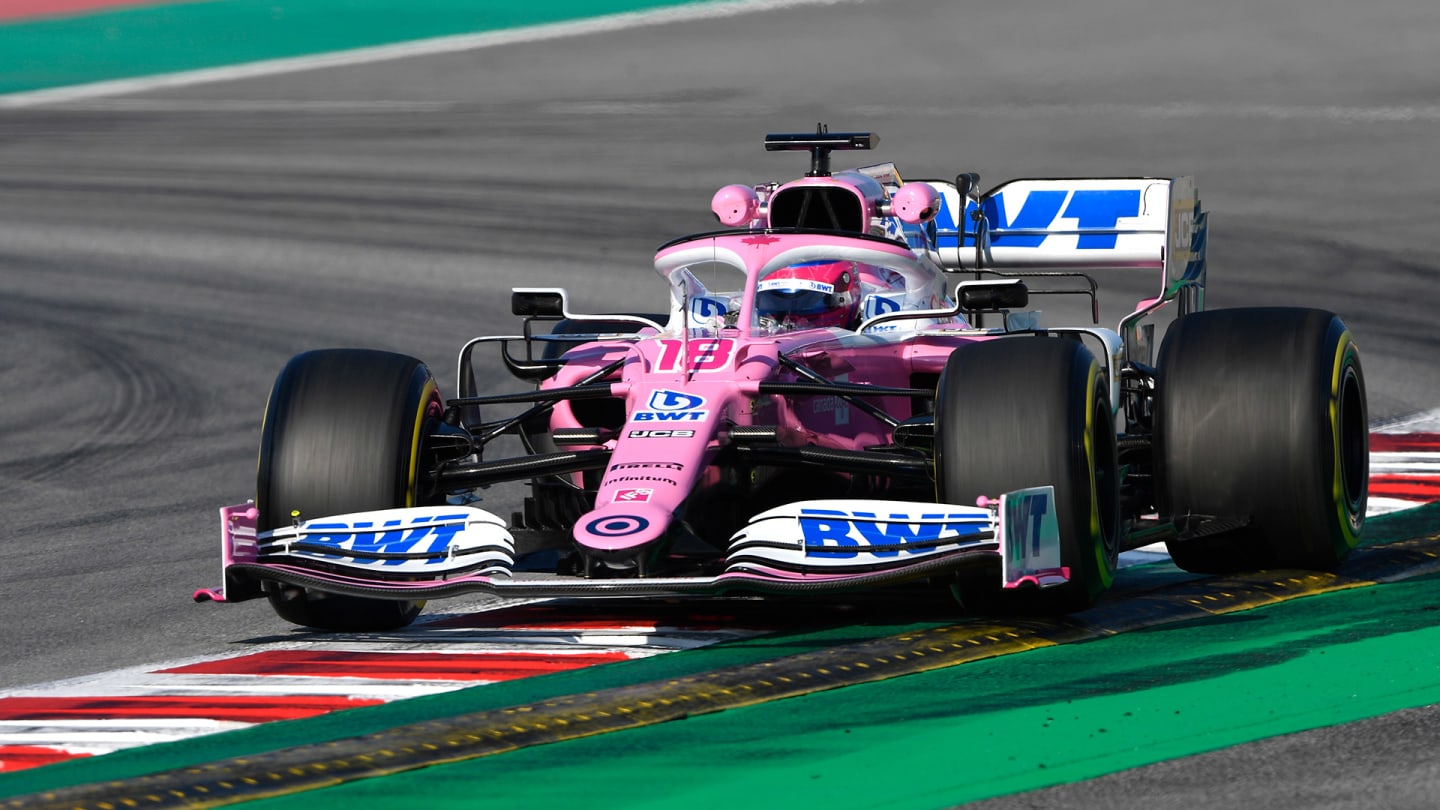
The new RP20 has drawn comparisons with Mercedes
READ MORE: Why the new Racing Point RP20 caused a stir at pre-season testing
The ‘pink Mercedes’ has proved quick too, particularly in the hands of Sergio Perez – and this has only added to the irritation of teams such as McLaren.
Although the nose design is near-identical to that of the Merc, the similarities are less striking further back. What is clear, though, is that it has adopted wholesale Mercedes’ aerodynamic philosophy, and the low rake angle that accompanies it.
ONBOARD: Sergio Perez flies around Barcelona
Suddenly, team owner Lawrence Stroll’s stated target of regaining the ‘best of the rest’ status (behind the big three teams) that they last enjoyed two years ago doesn’t look so unrealistic. Could it even go one better than that?
YOU MIGHT ALSO LIKE
News Ocon opens up on working with ‘very impressive’ new Race Engineer Laura Mueller at Haas
TechnicalF1 Unlocked TECH WEEKLY: Why a key Ferrari trait is holding Sainz back at Williams – and the ‘muscle memory’ he’s now having to work to undo
NewsF1 Unlocked F1 The Movie European Premiere - WIN with F1 Unlocked
News How to stream the Formula 1 2025 Miami Grand Prix on F1 TV Premium

